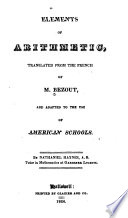 | Etienne Bézout - Mathematics - 1824 - 238 pages
...third term may be put in place of the second, nnd reciprocally, it is inferred that the two antecedents may be multiplied or divided by the same number without changing the proportion ; and also the two consequents. For in making this change, the two antecedents of the given... | |
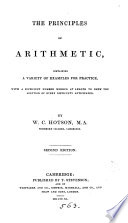 | Wales Christopher Hotson - 1842 - 306 pages
...negative quantity be transferred, it is equivalent to adding the same quantity to both sides. (3) Both members of an equation may be multiplied or divided by the same or equal quantities. Hence, an equation may be cleared of fractions by multiplying both its members... | |
 | Daniel Leach, Robert Swan - Arithmetic - 1853 - 168 pages
...24 : 8. This is evident from the fact that the terms of a ratio are the terms of a fraction, which may be multiplied or divided by the same number, without changing the value of the fraction. Proportion is the union of two equal ratios. Fractions having the same denominator... | |
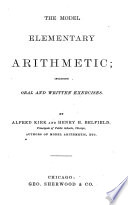 | Alfred Kirk, Henry Holmes Belfield - Arithmetic - 1876 - 220 pages
...Therefore, the principles of division apply to the terms of a fraction, and both terms of a fraction may be multiplied or divided by the same number, without changing the value of the fraction. One half may be changed to two fourths, or three sixths, or ten twentieths,... | |
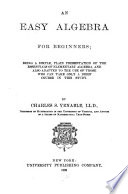 | Charles Scott Venable - Algebra - 1880 - 168 pages
...is called the second side of the equation. 59. Axioms concerning equations. AXIOM 1. — Both sides of an equation may be multiplied or divided by the same number, and the equality still subAXIOM 2. — The same number may be added to or subtracted from both sides... | |
 | Patrick Murphy - Ready-reckoners - 1887 - 144 pages
...rules, examples and illustrations, in connection with the principle that both the dividend and divisor may be multiplied or divided by the same number without changing the value of the quotient, the reader will find no difficulty in understanding the following examples :... | |
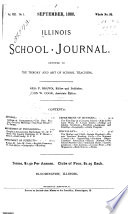 | Education - 1888 - 784 pages
...fraction whose numerator is f and denominator f . They may be treated as fractions, however. Both terms may be multiplied or divided by the same number without changing the value of the expression. This being true, a simpler method of reduction may be employed than is usually... | |
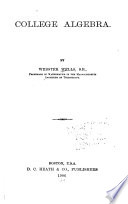 | Webster Wells - Algebra - 1890 - 604 pages
...added to, or subtracted from, both members of an equation without destroying the equality. II. Both members of an equation may be multiplied, or divided, by the same quantity without destroying the equality. lei. Transposition of Terms. A term may be transponed from... | |
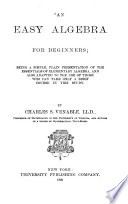 | Charles Scott Venable - 1890 - 170 pages
...is called the second side of the equation. 59. Axioms concerning equations. AXIOM 1. — Both sides of an equation may be multiplied or divided by the same number, and the equality still subAXIOM 2. — The same number may le added to or subtracted from both sides... | |
 | Gordon Augustus Southworth - Arithmetic - 1895 - 368 pages
...An increase in the denominator does what ? A decrease ? Illustrate with £. Both terms of a fraction may be multiplied or divided by the same number without changing the value. 8. If each term of ,fg be made \ as large, how is the value affected? Why is this? 9. If each... | |
| |